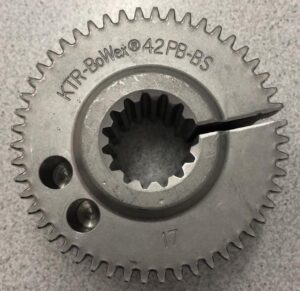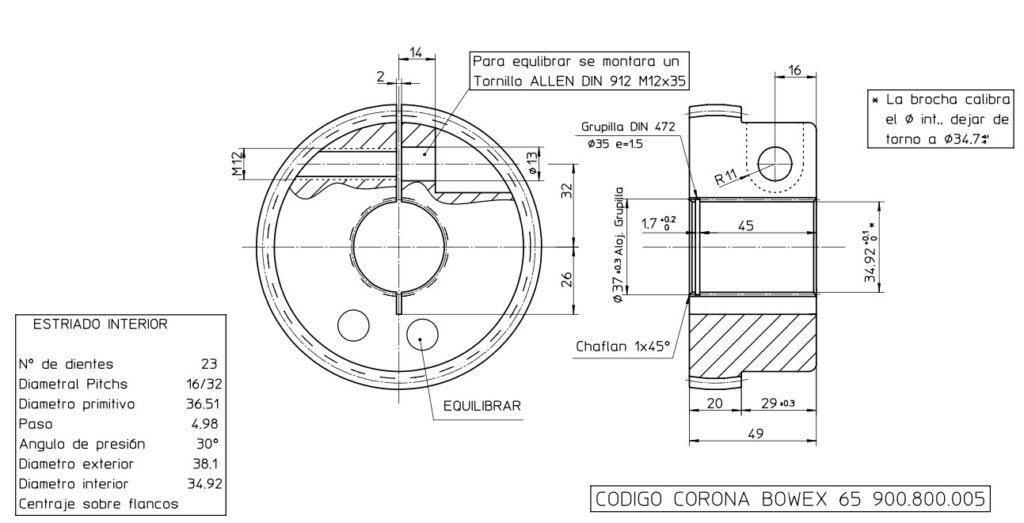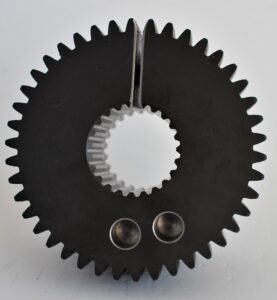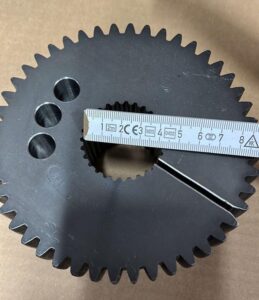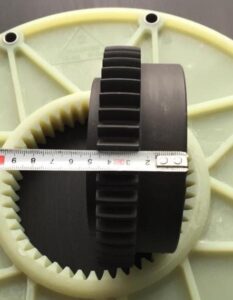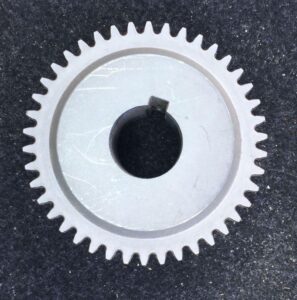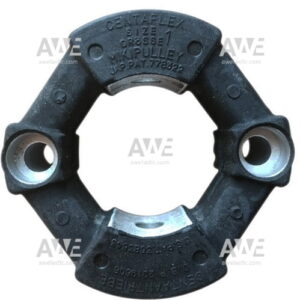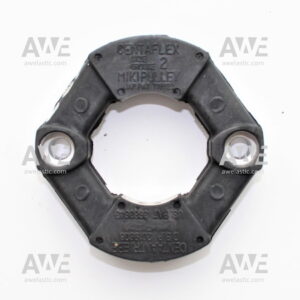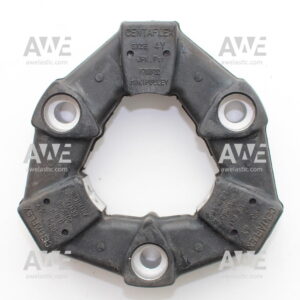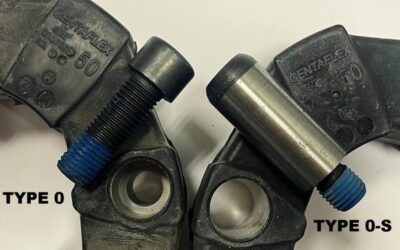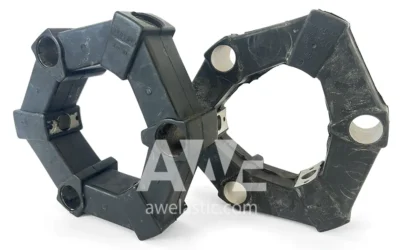Read Article
Read Article
Discussion –
How to identify KTR BoWex Hubs?
Accurately identifying Bowex FLE-PA hubs is essential for ensuring proper coupling selection and compatibility. While photos really help to recognize, dimensions play a crucial role in identifying the correct hub.
Method 1: Using Description
When a description is available, it often follows a standard format:
KTR BoWex 42 PB-S or KTR BoWex 42 PB-BS, BoWex T80 etc.
Method 2: Having Drawing or Drawing Number
If you can provide a drawing, drawing number, or KTR product number, consult the corresponding documentation or reference materials to determine the hub specifications.
Method 3: Identifying Plain Hubs
For plain hubs without any markings, rely on physical dimensions:
- Outer Teeth Count: Count the number of teeth on the outer circumference of the hub. This helps determine the hub size, similar to the flange’s inner teeth count.
- Inner Teeth Count: Count the number of teeth on the inner circumference of the hub. Some hub teeth may be cut out, so counting the teeth on the shaft, if available, is helpful.
- Shaft Diameter or Inner Hub Diameter: Measure either the shaft diameter or the inner hub diameter to determine the hub size.
- Hub Length: Measure the overall length of the hub to ensure compatibility with the coupling and application.
Method 4: Measuring Bore Diameter:
For hubs without a sleeve, measure the bore diameter to determine the hub size and select the appropriate coupling.
By gathering this information, AWELTA can effectively preselect the appropriate Bowex FLE-PA hub for you. Most likely we have this hub in stock or can get it in several days.
KTR BoWex Hubs identification
You May Also Like
Common Failure Causes in BoWex® FLE-PA Couplings – What to Watch For and How to Avoid Downtime
Read ArticleRead ArticleDiscussion - When your engine-to-pump connection fails, the coupling is often the first...
Centaflex A Type 0 and Centaflex A Type 0–S – What is the difference?
Read ArticleRead ArticleDiscussion - Centaflex A Type 0 and Type 0–S – What Is the Difference? When selecting or...
Centaflex Original vs. Copies – What to Look For and Why It Matters
Read ArticleRead ArticleDiscussion - Not all coupling elements are created equal. If you're replacing a worn Centaflex...


